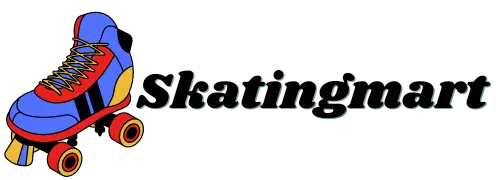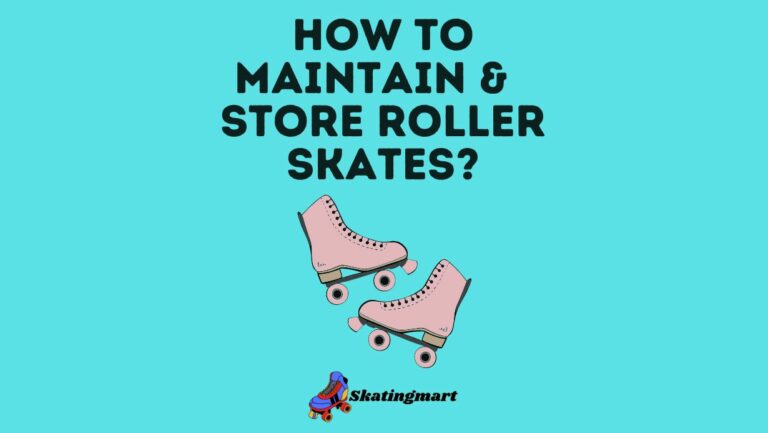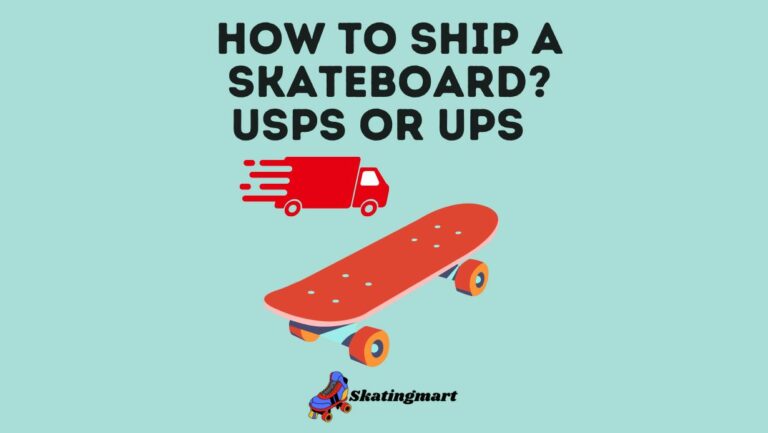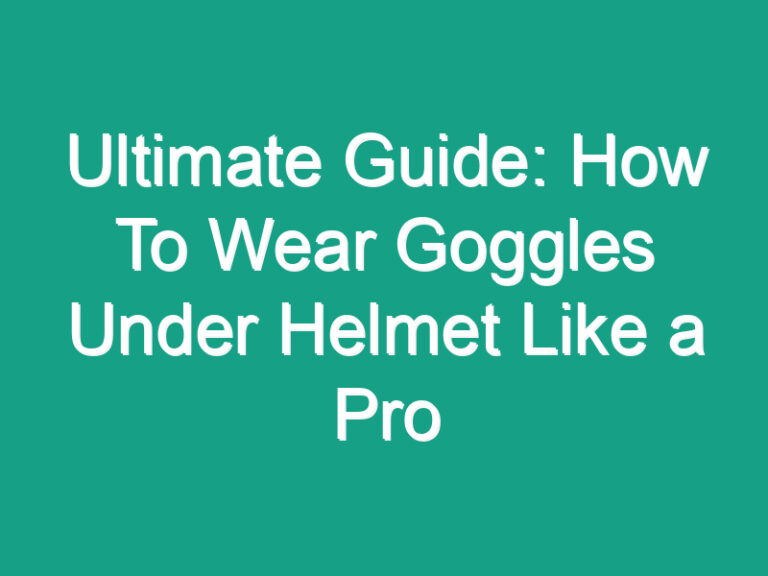
When I first started skateboarding, I struggled to differentiate between the nose and tail of my board. Understanding these two ends is crucial for mastering tricks and riding confidently. In this article, I’ll share my insights on how to easily identify the nose and tail of a skateboard.
Knowing the nose from the tail not only helps in setting up your board correctly but also enhances your overall skateboarding experience. From the shape of the board to the placement of the trucks, every detail plays a vital role in determining the nose and tail. Stay tuned as I break down the key factors to look out for when identifying the front and back of your skateboard.
Whether you’re a beginner or a seasoned skater, grasping the concept of the nose and tail is fundamental. Join me as I guide you through practical tips and tricks to confidently recognize the front and back ends of your skateboard.
Key Takeaways
- Understanding Nose and Tail: Differentiating between the nose and tail of a skateboard is essential for setting up the board correctly and executing tricks effectively.
- Importance of Recognition: Recognizing the nose and tail enhances control over tricks and optimizes performance.
- Factors for Identification: Key factors like graphic design, kicktail angle, wear patterns, width, and length help in identifying the front and back ends of a skateboard.
- Practical Tips for Recognition: Considering graphic design, kicktail angle, wear patterns, width, and length aids in confidently recognizing the nose and tail for optimal setup.
- Enriching Skateboarding Experience: Knowing the distinctions between the nose and tail enhances performance, allows for customization of setups, and improves overall comfort and confidence while skating.
Understanding the Nose and Tail of a Skateboard
When it comes to skateboarding, knowing the difference between the nose and the tail of your skateboard is essential. The nose is usually slightly wider and steeper than the tail, and it often features graphics or the brand logo. On the other hand, the tail is typically smaller and more angular, providing a clue to its identity.
Identifying the nose and tail of your skateboard is crucial for setting it up correctly. The nose is where most skaters prefer to have the larger kicktail, as it allows for better control when performing tricks. On the contrary, the tail with the smaller kicktail is ideal for executing pop tricks.
The shape of the skateboard can also give you hints about its nose and tail. Many skateboards have a more pronounced curvature on one end, which is usually the nose. Additionally, the position of the trucks can assist in determining the nose and tail of the board. Placing the trucks closer to the narrower end indicates that it is the tail, while the wider end with the longer wheelbase is likely the nose.
Understanding these subtleties will not only enhance your skateboarding performance but also make setting up your board a smooth and efficient process.
Importance of Knowing the Front and Back Ends
Understanding the nose and tail of a skateboard is vital for any skateboarder. By knowing which end is which, I can ensure that I set up my board correctly to optimize performance. The nose, with its wider and steeper design, is perfect for enhancing my control over tricks. On the other hand, the tail, being smaller and more angular, is ideal for executing pop tricks effectively.
Identifying the nose and tail is not just about aesthetics; it directly impacts my skateboarding experience. With this knowledge, I can confidently arrange my skateboard with the right orientation, leading to improved skill development. Whether I prefer cruising around or mastering complex tricks, recognizing the front and back of my skateboard is the first step towards a smoother and more efficient ride.
When I grasp the significance of distinguishing between the nose and tail, I’m not just enhancing my performance – I’m also elevating my overall skateboarding proficiency. It’s like solving a puzzle where every piece plays a crucial role. The front and back ends of a skateboard are the foundation on which I build my skills, making it essential to learn and apply this knowledge every time I step on my board.
Factors Affecting Nose and Tail Identification
When identifying the nose and tail of a skateboard, there are several factors that can help make this distinction easier:
- Graphic Design: Look at the graphics on the skateboard. The design often aligns with the nose.
- Kicktail Angle: The tail usually has a steeper kicktail angle than the nose.
- Wear Patterns: Observing the wear patterns on the skateboard can also provide clues. The tail often shows more wear from pop tricks.
- Width and Length: The width and length of the skateboard can vary between the nose and tail.
By considering these factors, skateboarders can better identify the nose and tail of their skateboard, leading to optimal setup and performance.
Practical Tips for Recognizing the Nose and Tail
When determining which end is the nose and tail of a skateboard, there are a few practical tips that can make the process easier. Here are some strategies I always follow:
- Check the Graphic Design: The graphic design on the skateboard deck can often provide clues. Typically, the nose will feature the brand’s logo or unique design elements, while the tail may have a different graphic or be left blank.
- Look at the Kicktail Angle: One key indicator is the kicktail angle. Usually, the tail kicktail has a steeper angle compared to the nose. This is crucial for performing various tricks and maneuvers correctly.
- Observe Wear Patterns: Over time, wear patterns may develop differently on the nose and tail. The tail usually shows more wear from pop tricks like ollies, kickflips, and heelflips, giving you a visual cue to distinguish between the two ends.
- Consider Width and Length: The nose and tail of a skateboard may vary slightly in width and length. Often, the nose is slightly wider and longer than the tail, which can help you identify the correct orientation of your board.
By keeping these practical tips in mind, I can quickly and confidently identify the nose and tail of my skateboard. This knowledge is essential for setting up my board correctly and optimizing my performance on the streets or at the skate park.
Enhancing Your Skateboarding Experience
When riding a skateboard, knowing the distinct features of the nose and tail is crucial for improving your performance on the board. By identifying these key components accurately, you can optimize your setup to suit your riding style and preferences.
One way to enhance your skateboarding experience is by experimenting with different setups once you have identified the nose and tail. Adjusting the trucks, wheels, and bearings accordingly can have a significant impact on your balance, stability, and overall maneuverability on the board.
Understanding the orientation of your skateboard can also help prevent issues while performing tricks. Knowing which end is the nose can help you position yourself correctly for tricks, ensuring successful execution and minimizing the risk of falls or errors.
Moreover, customizing your skateboard based on your knowledge of the nose and tail can improve your comfort and confidence while skating. Tailoring your setup to suit your preferences can make your riding experience more enjoyable and rewarding.
In essence, by mastering the art of identifying the nose and tail of your skateboard, you can elevate your skateboarding experience to new heights. Whether you are a seasoned pro or a beginner enthusiast, utilizing this knowledge can enhance your skills, boost your performance, and bring a new level of excitement to your time on the board.
Conclusion
Understanding the nose and tail of a skateboard is key to enhancing your skateboarding experience. By identifying these components, you can optimize your setup to suit your riding style, leading to improved balance and maneuverability. Knowing the orientation of your skateboard is crucial for executing tricks effectively and reducing errors. Customizing your board based on this knowledge can boost your comfort and confidence while skating. Mastering the recognition of the nose and tail can elevate your skills, performance, and overall enjoyment as a skateboarder.
Frequently Asked Questions
Why is it important to recognize the nose and tail of a skateboard?
Identifying the nose and tail of a skateboard is crucial for optimizing setups, improving balance, maneuverability, and enhancing trick execution.
How can recognizing the nose and tail impact my skateboarding experience?
Understanding the nose and tail orientation allows for customizing the skateboard to match your riding style, boosting comfort, confidence, and overall performance levels.
What benefits can I expect from knowing the nose and tail of my skateboard?
Mastering the identification of the nose and tail can elevate your skills, enhance trick execution, reduce errors, and increase enjoyment while skateboarding.

Hi, This is Roasalin, I have loved Skating since my early childhood days, and here I share my experiences and tips for beginners who want to turn into pro skaters. I hope you find it useful. you can contact me here






